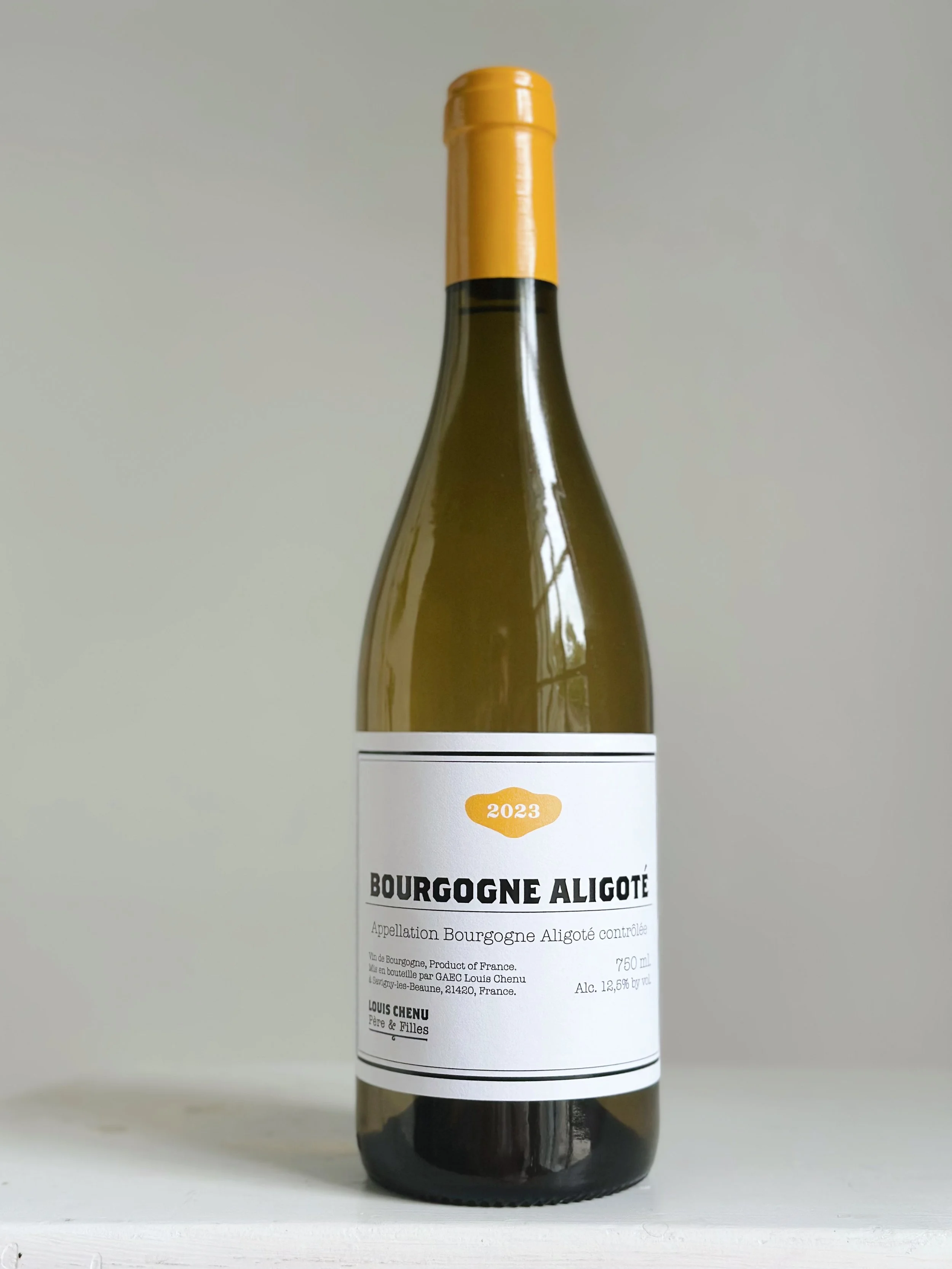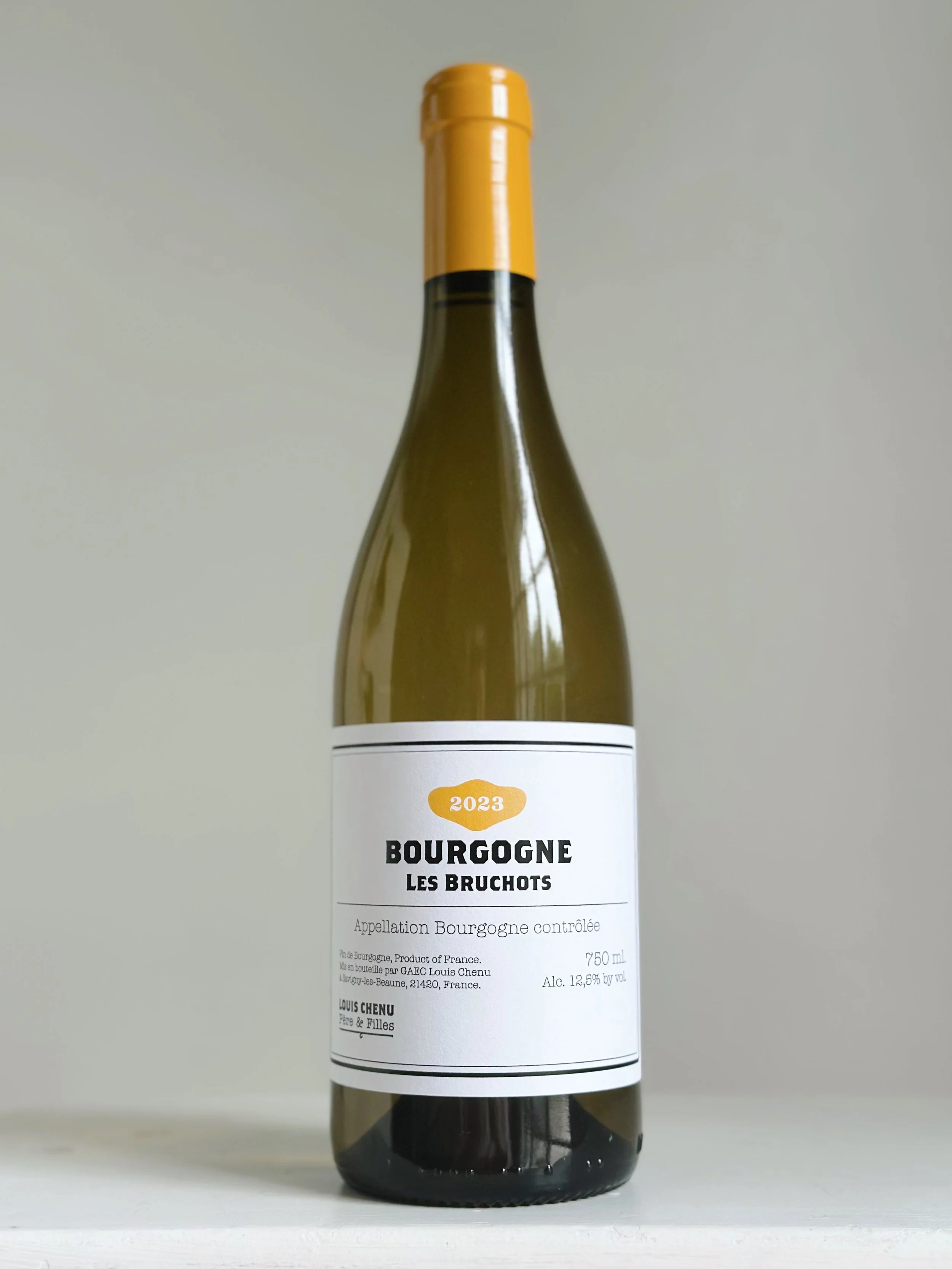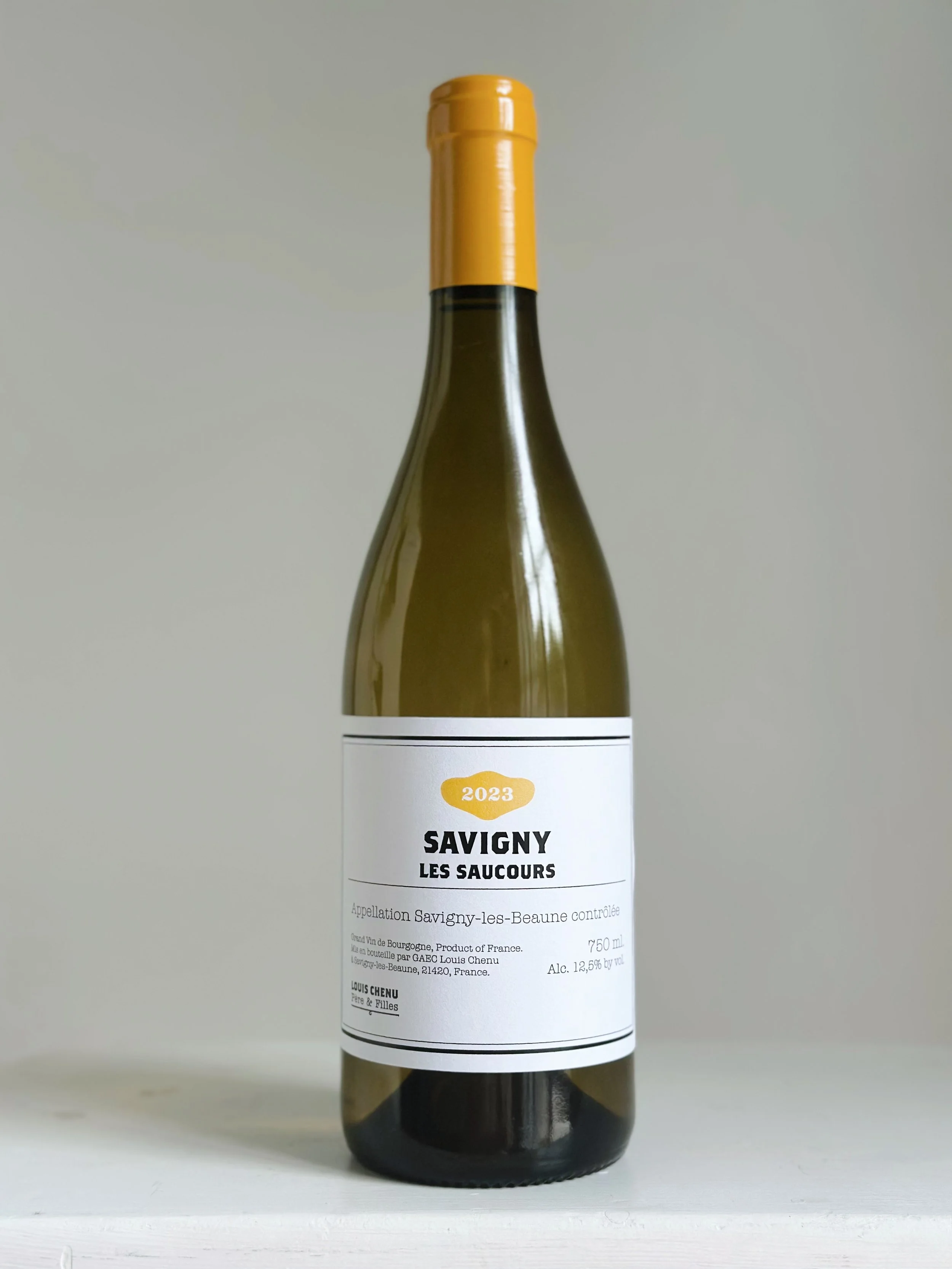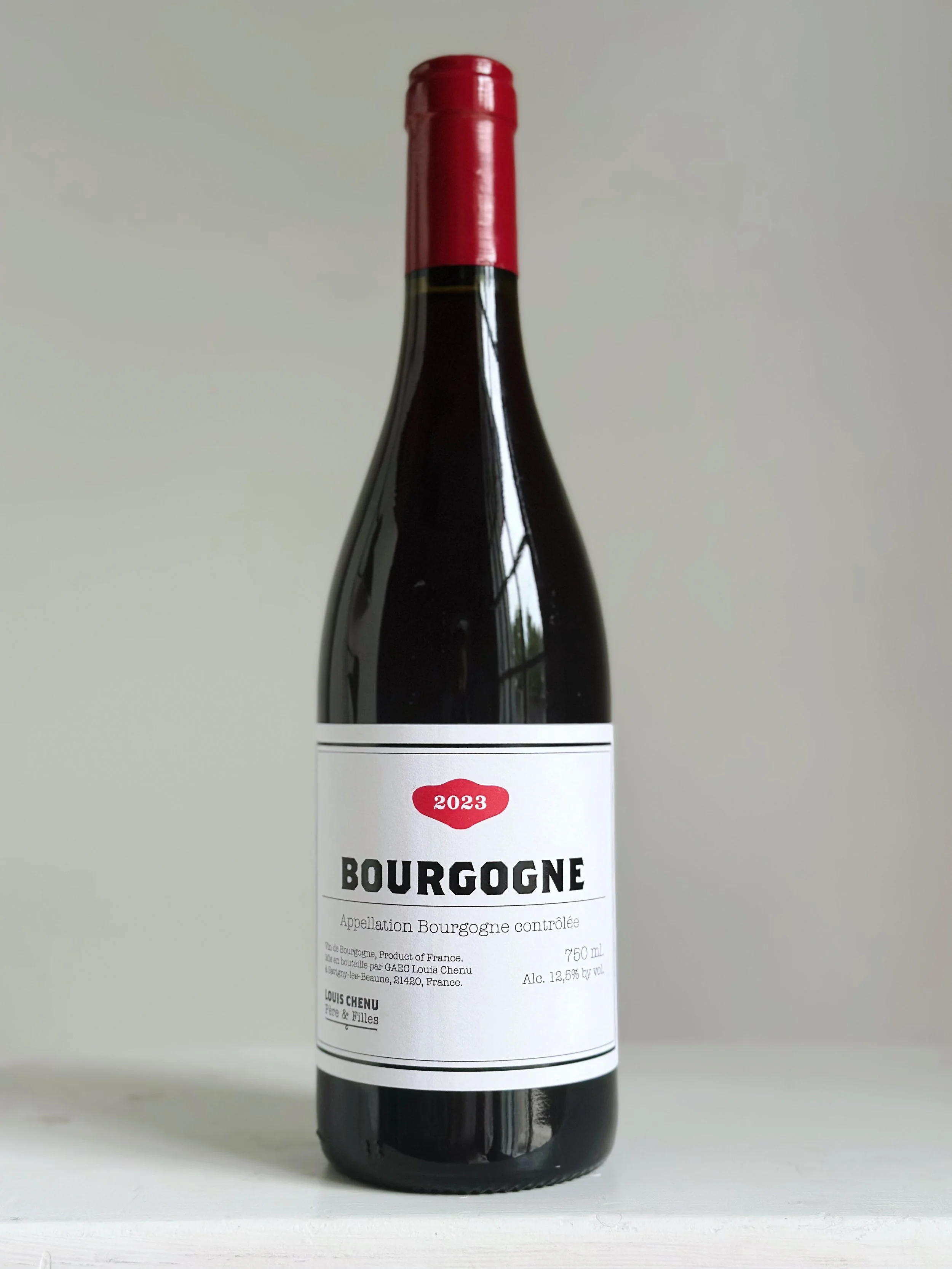A chance meeting in Paris and the opportunity to taste a range of the newest vintage with Juliette Chenu, one of two sisters of this organic estate in Burgundy’s prestigious Côte de Beaune, led to the loveliest conversation and instant connection with her and these gorgeous wines.
Savigny-lès-Beaune – and Burgundy as a whole – is an incredibly historic place: “the vineyards are of ancient lineage” (Vins de Bourgogne) and part of the story of the birthplace of Pinot Noir. Vines were brought to what would become France with the expansion of the Roman Empire in the 1st Century BC, and the reputation for quality from the vineyards of (pre-)Burgundy was established as early as the 4th Century AD. As centuries passed, it was noted that Pinot Noir and Chardonnay grapes were particularly suited to the climate and soils of the region.
Quality was especially apparent in the areas that would become the appellations around the town of Beaune, including Savigny-lès-Beaune. Here, vines were further cultivated (and grape varieties codified) by monks with the rise of Christianity through the Middle Ages, and the grapes were used by prestigious aristocratic and religious factions. This is where the red wine of Burgundy, codified to be solely made from Pinot Noir, became the wine used to represent the blood of Christ in the early 13th Century, and became a status symbol through gifts and celebrations of the Dukes of Burgundy. Over 700 years later, the Savigny-lès-Beaune appellation was delineated and granted official status in 1937.
Meanwhile, the Chenu estate was purchased by Juliette and her sister, Caroline’s great-great-grandfather, Louis Chenu at the outset of the First World War, over two decades before the appellation even existed. The vines and winemaking have been kept in the family ever since. Winemaking remains traditional: everything is done by hand and farming is all organic. In the cellar, red grapes are de-stemmed, crushed, cold-macerated and foot-tread before undergoing spontaneous fermentations. The resulting red wines are transferred to old French oak barrels of various sizes, aged for 18 months, and are bottled unfiltered. White grapes are pressed directly to barrel, where they undergo spontaneous fermentation and aging for one year.
Juliette (who runs the business side) and Caroline (the winemaker) are the fifth and latest generation of a long lineage of organic farming. Their family owns and farms 9.5 ha, and primarily produces 1er Crus from their holdings in Aux Clous, Les Hauts-Jarrons, Les Lavières and Les Talmettes. They also produce small quantities of village-level whites and reds, which are stunning introductions to the estate’s minimalistic, poised, expressive style. Most uniquely, their white wines contain a very small portion (up to 10%) of Pinot Blanc, which is historically planted here and used to blend with Chardonnay.
We’re enamoured with the wines of Savigny, and Caroline Chenu crafts phenomenal representations of the region. Her reds are fruity, silky and expressive; white wines are mineral, floral and fresh with so much personality. The appellation was overlooked for a long time because of its proximity to much more famous neighbours (Alox-Corton, Pernand-Vergelesses, anyone? $$$$). Happily, this is to the benefit of any conscientious Burgundy consumer, translating to much more approachable prices in Savigny-lès-Beaune.
We are absolutely delighted to foray into Burgundy with the Chenu wines, and can’t wait to share our first allocation with Ontario this year!
Currently Available from Louis Chenu et Filles
Domaine Louis Chenu: In the Vineyards
The Chenu family’s vineyards total just under 10ha. In addition to some of the village sites, they work primarily with their four Premier Cru vineyards (Fun fact: there are no Grand Crus in this appellation!).
Original map C/O Les Vins de Bourgogne
Aux Clous 1er Cru (organic)
Located directly east of the town of Savigny-lès-Beaune (it adjoins the town’s cemetary) and situated between two combes (forested valleys that funnel cool air into the vineyards that lie at the end of them; these combes are defining features of the complex micro-climates and soil structures of Burgundy). The Aux Clous soils vary from deeper, red earth on the upper level, to more stony, thinner soils on the lower 3/4 of the vineyard, which sits over 250m in elevation with a fully southern exposure. It’s one of the most famous vineyards of this pocket of the region, and is only planted to Pinot Noir, which makes wines that are defined by their dynamic fruit character, silky tannins and immediacy. The aromatics here are lifted and often defined by a floral-violet character.
Les Lavières 1er Cru (organic)
This vineyard gets its name from the pebbly rocks in their sub-soil, which is part of the alluvial soils that were created through the melt of the ice age. Located at the base of the Combe d’Orange, Les Lavières and Les Talmettes (see next vineyard) are arguably the two most prestigious vineyards of this pocket of the region. They continue along the base of the Combe and the forest, going east away from Aux Clous and the town of Savigny, with a continued southern exposure. Here at the bottom of the hillside, there’s strong limestone presence from the middle of the Jurassic era. Planted to Pinot Noir, the wines of Les Lavières are defined by great finesse, aromatics and structure (“fragrant and firm” is a great way to summarize it). Like Les Talmettes, its delicacy and fragrance make the Pinot Noir of Les Lavières a wonderful example of the Savigny-lès-Beaune region as a whole. With age, wines from this vineyard take on a gun-flint type of mineral quality, only adding to the complexity and enjoyment.
Les Talmettes 1er Cru (organic)
Like the first two vineyards above, Les Talmettes lies due east from the town of Savigny, and overlooks Les Lavières from a slightly higher elevation. It’s south-facing, flanked by forest on its northern edge. Soils are sandy, calcareous clay and the top of this hillside is comprised of pure limestone. This is one of the jewels of Savigny: it creates wines that are delicate, fragrant and fruity, and ages gracefully within its beautifully delicate frame. This is sublime Pinot Noir.
Les Hauts-Jarrons 1er Cru (organic)
“Jarrons” translates to “tree branches” and indicates the immediate proximity of this vineyard to the forest (called Mont Batois, and it’s located on the vineyard’s western edge). Les Hauts-Jarrons lies across the valley from the vineyards above, more southeast of Savigny and up on east-facing hillsides that are flanked by forest behind. Here, the slope is relatively steep (around 300m), and has thin soils, rich in pebbly debris resting on Jurassic limestone. The Chenu holdings are in the middle of this slope, which gives way to deeper, sandier soil, geologically similar to the vineyards of Beaune than of Savigny (indeed, on the other side of Mont Batois is Beaune, so that makes sense). The area is very airy, subject to cooler air currents coming down from the north and the combes/forests across the valley/on the other side of the town. Planted to Pinot Noir, the wines from here are like those of Beaune: fuller-bodied, aromatically rich, with excellent balance and structure. Tannins can be somewhat firm in their youth; these wines really start singing after a few years’ aging to allow them to start to come together. Their aging potential is very, very high.
Savigny-Les-Beaune Blanc: Les Saucours & Les Vermots (organic)
The whole appellation of Savigny-lès-Beaune is planted to 95% Pinot Noir and only 5% white grapes (Chardonnay and a tiny amount of Pinot Blanc, which has historically always been part of the white wines of Savigny, but no longer allowed to be planted). Louis Chenu has two Savigny vineyards with white grapes. The first and most significant is Les Saucours, where they have two significant parcels: one old vine block that is planted to Chardonnay and about 10% Pinot Blanc, and one much younger block that is, necessarily, planted to 100% Chardonnay. The second vineyard is Les Vermots: a south-facing hillside plot, surrounded by forest, that sits northwest of the town of Savigny. Chenu’s Savigny-lès-Beaune blanc is a stunning and rare example of white Savigny.








